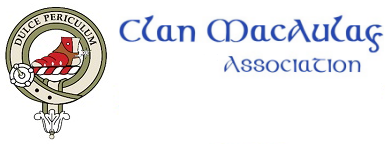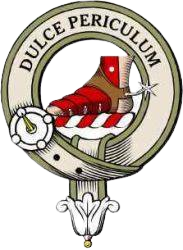The Celtic Festival Samhain

Enjoy a local craft beer – Escape to the Cape! 2024 International Clan Gathering
20 October 2023
Clan MacAulay honours our military members
2 November 2023Samhain has deep roots that go back to the time when ancient Celtic communities were thriving in Ireland, Scotland, and other parts of Europe.
[Source: https://www.letsgoireland.com/samhain]







